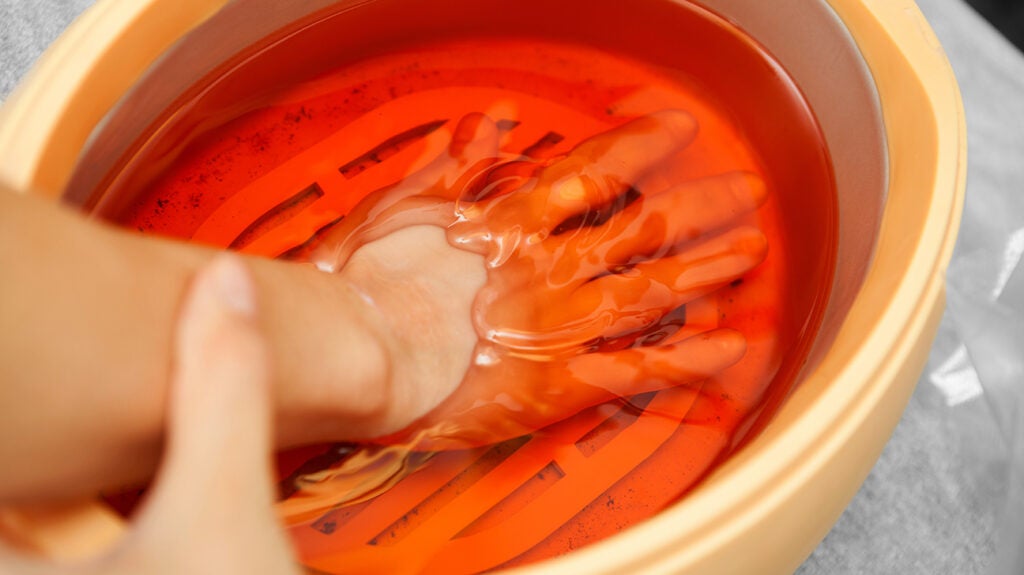Liquid Paraffin Uses, Benefits, Side Effects & Safety Guide

Liquid paraffin is a highly refined mineral oil widely used in both medicinal and cosmetic industries. Known for its versatility, liquid paraffin serves as a lubricant, moisturizer, and stool softener, making it an essential ingredient in many healthcare and skincare products. Its clear, odorless, and non-toxic properties contribute to its popularity, but understanding the full scope of liquid paraffin’s uses and safety is crucial before incorporating it into your routine.
This comprehensive guide will explore the multiple uses of liquid paraffin, its benefits, potential side effects, and essential safety tips. With increasing confusion caused by similarly named products like liquid IV, liquid collagen, and liquid smoke, it’s important to clearly differentiate liquid paraffin’s unique qualities and applications. Whether you’re interested in its role in skincare or digestive health, this article will provide everything you need to know.
What Is Liquid Paraffin?
Liquid paraffin, also referred to as mineral oil or paraffinum liquidum, is a colorless, odorless oil derived from petroleum. It undergoes extensive refining processes to remove impurities, making it safe for medicinal and cosmetic use. This highly purified oil is non-reactive, making it an excellent emollient for sensitive skin types and a safe option for oral consumption under medical supervision.
Unlike other liquids such as liquid nitrogen or liquid chlorophyll, liquid paraffin is an oil-based product used mainly for its moisturizing and lubricating properties. It comes in different grades, including cosmetic, medicinal, and industrial, each formulated for specific uses. Its widespread use in topical ointments and oral treatments highlights its adaptability and importance in health and beauty care.
Uses of Liquid Paraffin
One of the primary uses of liquid paraffin is as a stool softener to treat constipation. It coats the bowel and stool, making passage easier and less painful. This gentle action helps relieve constipation without the harsh effects associated with other laxatives. Liquid paraffin’s effectiveness in this area has made it a trusted remedy, especially for those with chronic digestive issues or elderly patients.
In skincare, liquid paraffin is valued for its excellent moisturizing qualities. It forms a protective barrier on the skin, locking in moisture and soothing dryness, irritation, and conditions such as eczema or ichthyosis. Many skin creams, lotions, and hair products include liquid paraffin due to its ability to enhance hydration while being non-irritating and hypoallergenic. Additionally, industrial applications include lubricants and protective coatings, demonstrating its versatility.
Benefits of Liquid Paraffin

Liquid paraffin offers numerous benefits, especially in skincare and digestive health. It effectively softens and hydrates dry, flaky skin by forming a protective, occlusive layer that prevents moisture loss. This quality is particularly beneficial for people with sensitive skin conditions or those exposed to harsh weather. Its gentle nature also means it rarely causes allergic reactions, making it suitable for a broad range of users.
In addition to its topical benefits, liquid paraffin is a safe and effective treatment for constipation when used as directed. Unlike stimulant laxatives, it works by lubricating the intestines and softening stool, which reduces discomfort and the risk of irritation. It’s inexpensive, easily accessible, and generally well tolerated, making it a preferred choice in many healthcare settings.
Side Effects and Safety Considerations
While liquid paraffin is generally safe, improper use can lead to side effects. Topical use may cause skin irritation or allergic reactions in some individuals, especially those with sensitive skin or allergies to mineral oils. Oral misuse or excessive consumption can be dangerous, potentially causing complications like aspiration pneumonia if the oil enters the lungs, particularly in vulnerable patients.
Safety considerations are essential when using liquid paraffin. Pregnant women, nursing mothers, children, and those with pre-existing health conditions should consult a healthcare provider before use. Furthermore, travelers should be aware of TSA liquid rules and restrictions, as carrying liquid paraffin in certain quantities may be regulated. Always adhere to product guidelines and medical advice for safe use.
How to Use Liquid Paraffin Safely
Using liquid paraffin safely involves following recommended dosages and application methods. For constipation relief, oral consumption should be limited to the dose prescribed by a healthcare professional, avoiding long-term dependence. Topical use requires only a small amount applied to affected areas to moisturize and soothe dry skin without clogging pores.
Proper storage is crucial to maintain liquid paraffin’s quality and effectiveness. Keep it sealed in a cool, dry place away from direct sunlight and heat sources. Avoid contamination by using clean hands or applicators when handling the product. Reading the label for expiration dates and usage instructions helps ensure safety and optimal results.
Liquid Paraffin Compared to Other Popular Liquids
Liquid paraffin is often confused with other liquids due to similar names, but its uses and properties are distinct. Unlike liquid IV, which is a hydration supplement containing electrolytes, liquid paraffin is an oil used for moisturizing and lubrication. It is also very different from liquid collagen, which targets skin elasticity and joint health through protein supplementation.
Other liquids like liquid smoke or liquid chlorophyll serve culinary or health supplement purposes, not medicinal or cosmetic oil functions like liquid paraffin. Clarifying these differences helps consumers choose the right product and avoid misapplication. Liquid paraffin remains unique in its role as a gentle, versatile mineral oil.
Conclusion
Liquid paraffin is a versatile, safe, and effective product widely used in medical and cosmetic fields. Its moisturizing and stool-softening properties make it invaluable for treating dry skin and constipation. However, understanding the proper use and potential side effects is essential for maximizing benefits while minimizing risks.
Choosing a high-quality liquid paraffin product and adhering to usage guidelines ensures optimal results. If you have any concerns or health conditions, consulting a healthcare professional before use is recommended. Liquid paraffin continues to be a trusted solution for many, combining efficacy with safety when used correctly.
Frequently Asked Questions
- What is liquid paraffin used for?
Liquid paraffin is primarily used as a stool softener to treat constipation and as a moisturizer for dry, irritated skin. - Is liquid paraffin safe for long-term use?
Long-term use should be monitored by a healthcare provider to avoid potential side effects or dependency, especially when used orally. - Can liquid paraffin be used on the face?
Yes, liquid paraffin can moisturize facial skin, but a patch test is recommended to avoid irritation. - How does liquid paraffin relieve constipation?
It lubricates the intestines and softens stool, easing bowel movements without harsh stimulation. - Are there any side effects of using liquid paraffin?
Possible side effects include skin irritation, allergic reactions, and respiratory risks if orally misused. - Can I use liquid paraffin during pregnancy?
Consult a healthcare professional before use during pregnancy to ensure safety. - How is liquid paraffin different from vaseline?
Liquid paraffin is a clear mineral oil, whereas vaseline is a semi-solid petroleum jelly. - Is liquid paraffin allowed on flights under TSA liquid rules?
Small quantities are usually permitted, but always check current TSA regulations before travel. - Can liquid paraffin be used on pets?
Use only under veterinary guidance to ensure safety for animals.
You may also read: Make Market Diamond Art Kits – Honest Review, Tips & Best Buys at Michaels





